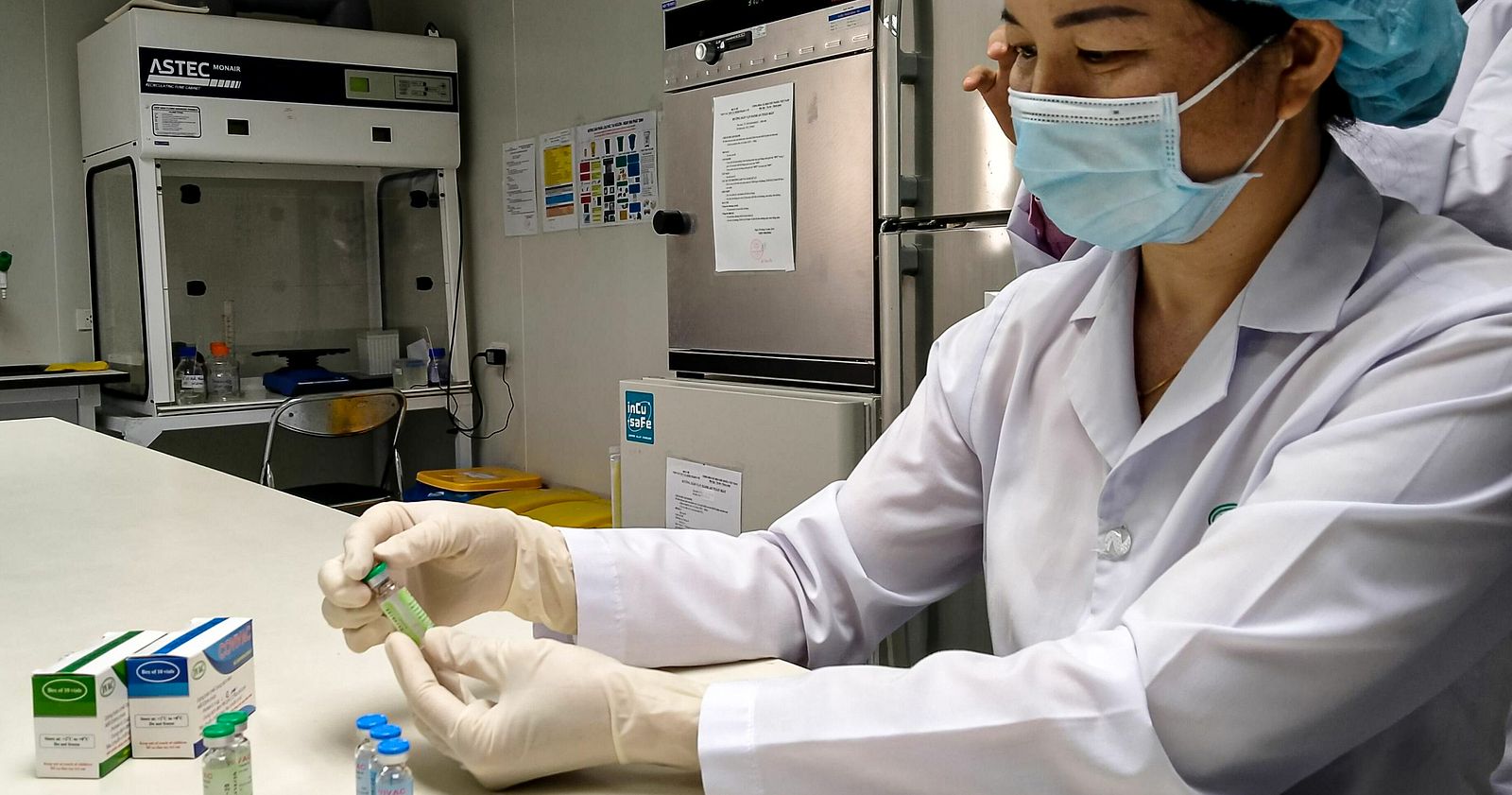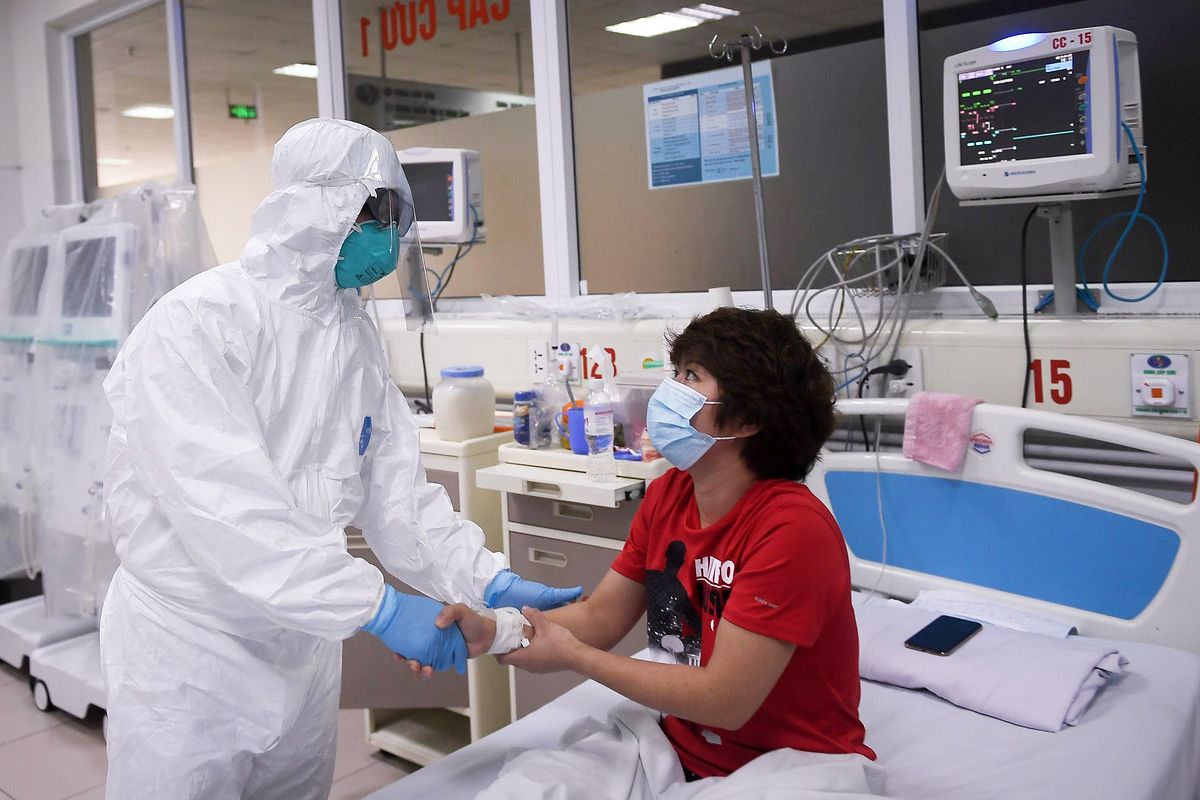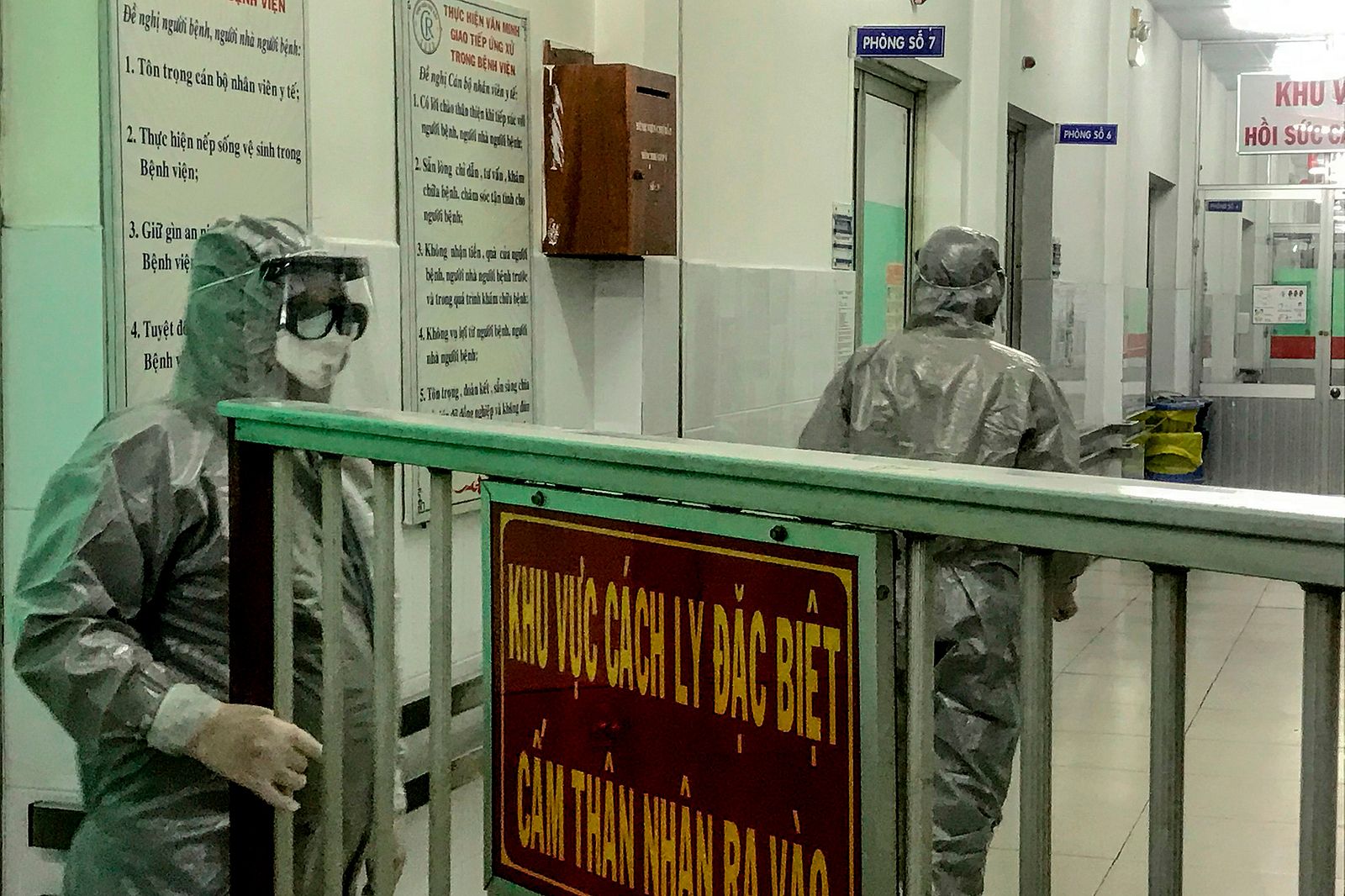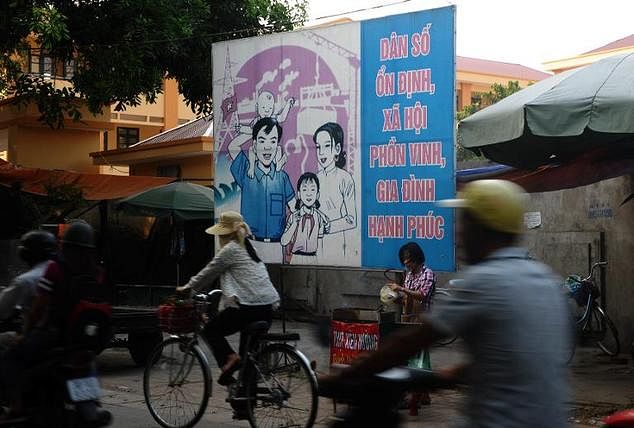Health officials expressed concern after a new report warned that nearly half of the commercially-available condoms in Vietnam are of poor quality.
“Anyone who buys condoms in the private market now faces the risk of using low quality condoms. It affects sex workers and their clients, but also [the public in general],” Arthur Erken, the United Nations Population Fund (UNFPA) Vietnam representative, told IRIN, a news service of the UN Office for the Coordination of Humanitarian Affairs.
The country has made “substantial” gains in condom availability, reducing cases of HIV and adolescent fertility rates over the past 5 years.
Even so, a March 2014 UNFPA report found that a lack of oversight has resulted in a flood of poor-quality condoms entering the market.
“If the condoms available to users are not of high quality, even if people use them consistently and correctly they may become infected, or pass on infection to their partners,” said Kristan Schoultz, the Vietnam country director for Joint United Nations Programme on HIV/AIDS (UNAIDS).
Health experts warn that if condoms are seen as unreliable, it could undercut years of safer sex programs.
The UNFPA report found that state-produced condoms supplied at hospitals and clinics meet international standards. However, nearly 85% of Vietnam’s condom supply is produced by the private sector, “and 47 percent of these fail quality control tests, typically those imported from China.”
To make matters worse, many of the low-quality condoms are sold under the names of trusted brands such as Durex, tricking consumers into believing that they’re buying an effective product.
“Condom quality is measured by the “Acceptable Quality Limit” (AQL), which sets thresholds for temperature endurance, shelf life, and strength to hold liquid or air pressure. Condoms that meet AQL standards are 90-95 percent effective in preventing the transmission of HIV, and reduce the risk of gonorrhoea and Chlamydia by 62 and 26 percent, respectively, notes the UN World Health Organization (WHO),” wrote IRIN.
When low-quality rubber is used, it reduces the elasticity of condoms, resulting in the formation of microscopic holes and, in turn, a faulty product.
“To identify such a high level of failure could be considered very serious,” said David Whybrew, the technical manager for Crown Agents, the consulting firm that led the UNFPA study.
Prior to 2010, aid agencies supplied all of the condoms that entered the country, a policy that ended once Vietnam reached middle income status.
“In response to the UNFPA report, the government plans to introduce stricter quality assurance by shifting condoms from being a “consumer product” to “medical equipment,” bringing Vietnam in line with WHO and UNFPA condom procurement guidelines.”
Based on how poorly the government performs when it comes to oversight, Vietnam’s condom crisis may take a while to solve.
[IRIN]














